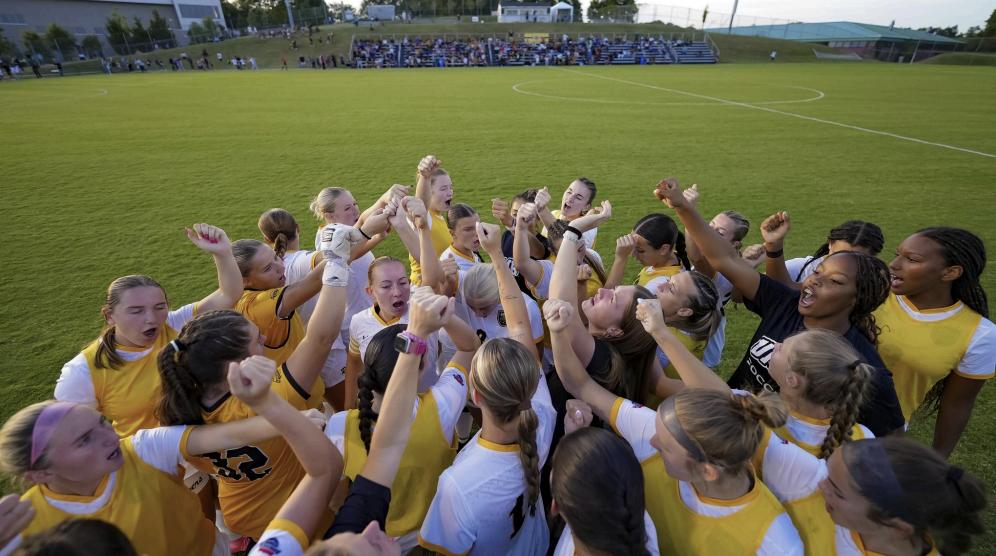Two members of the elite Gun Trace Task Force from the Baltimore City Police Department, detectives Marcus Taylor and Daniel Hersl, were convicted on multiple counts of robbery, racketeering, racketeering conspiracy and racketeering aiding and abetting on Monday, February 12.
A Department of Justice report released by the Attorney General in the aftermath of the convictions notes, “It was proven at trial that Hersl and Taylor stole money, property and narcotics by detaining victims, entering residences, conducting traffic stops and swearing out false search warrant affidavits. In addition, the defendants prepared and submitted false official incident and arrest reports, reports of property seized from arrestees and charging documents.”
Of course, they did not act alone. Six others in the task force plead guilty to robbery and racketeering, and several testified again Hersl and Taylor. Only one of the members of the task force has yet to be tried.
Although the department is no stranger to controversy, this series of revelations come at a particularly tumultuous time in their history. The indictment of multiple officers accused of manslaughter in the Freddie Gray case put the department in a precarious position last summer. Three of the six officers involved were acquitted, while charges were dropped for the remaining three in July.
Testimonies during the trial detail the extent of the corruption in the GTTF. The allegations are wide-ranging — from illegal raids and selling stolen drugs and guns to falsifying their hours to get more overtime pay. Falsification occurred despite the department having some of the most well-paid employees in the city and being one of the most generous departments in the country with respect to overtime pay.
Questions are springing up about the degree to which others in the department, the local government and even the private sector were complicit, as seen with Sergeant Jenkins allegedly using a bail bondsman to help him sell drugs to members of the local community.
The city has attempted to put measures in place to crack down on corruption, although, the results of such measures have been mixed. In 2013, the department released its “Public Safety in the City of Baltimore: A Strategic Plan for Improvement” — a five-year plan created to, “addresses the significant challenges that the department faces.”
In a statement released reflecting on the plan, former mayor of Baltimore Rawlings-Blake expressed enthusiasm, perhaps prematurely, one year into the plan, announcing that she was, “pleased to report that in the year since we released this strategic plan, we have kept our word to the people of Baltimore and implemented the majority of recommendations to make this department better.”
The city has also required its units to wear body cameras but even this has had mixed results. A 2017 study of thousands of officers in DC concluded that body cameras are largely ineffective. The situation in Baltimore reflects this with the indictment of an officer in 2017 for allegedly planting drugs on camera.
Things seemed to have taken a toll for the worst with anti-police riots in 2015 following Gray’s death and a 2016 Department of Justice report lambasting the department for excessive force, corruption and racial discrimination.
Some Baltimore politicians have even proposed disbanding the Baltimore Police Department. The proposal was rejected by Mayor Pugh as the public safety plan enters its fifth year in the department. In the wake of this scandal, many feel that the department will need to make profound changes in order to heal the divide between the community and law enforcement.
